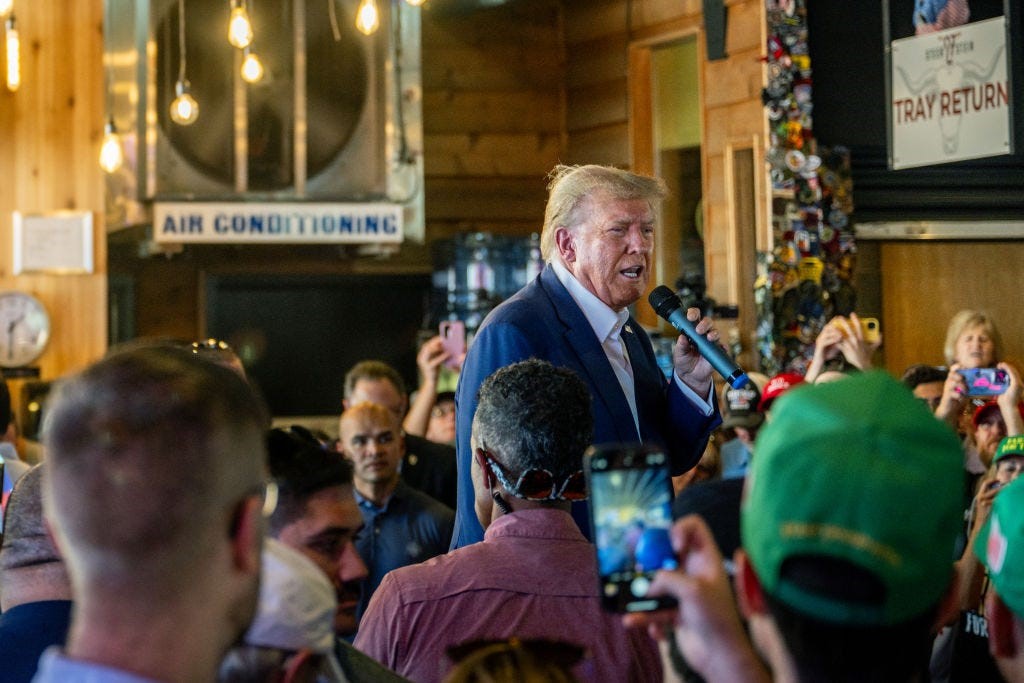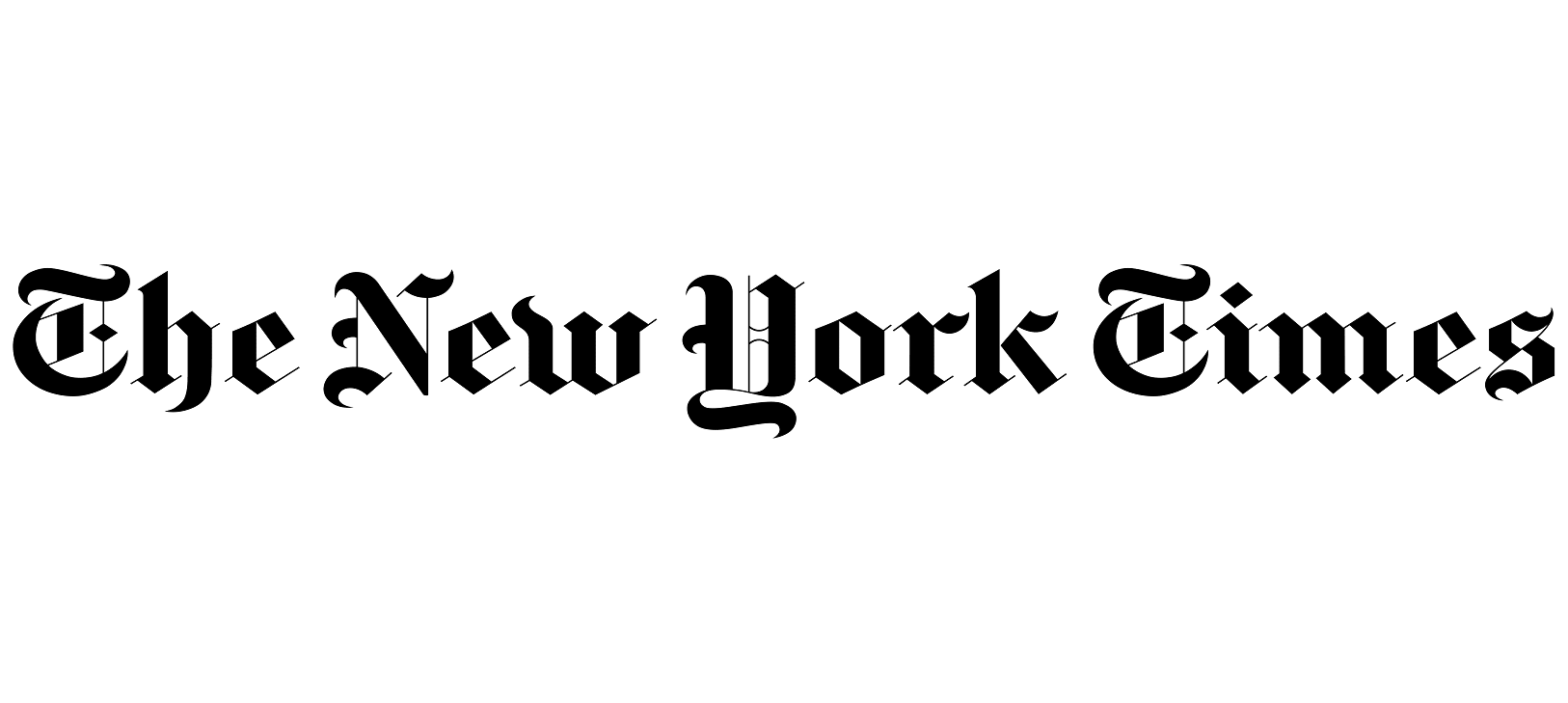Commentary September 10, 2023
Trump is Not as Strong as He Looks

The Liberal Patriot
With just a few months before the first votes are cast in the Republican primary, Donald Trump commands a 41-point lead according to the polling average calculated by Real Clear Politics. Even more impressive, his lead appears to have grown in recent months. But Trump’s position is more tenuous than it appears.
Electability
More than anything, Republican primary voters want to win back the presidency in 2024. One of Donald Trump’s most glaring weaknesses is how deeply unpopular he is among the general voting public—six in ten Americans view Trump unfavorably, including nearly half who have a very unfavorable view of him. During the recent GOP debate, Trump’s own former UN ambassador Nikki Haley called him “the most disliked politician in America.”
But so far these criticisms have failed to resonate. New York Times reporter Shane Goldmacher argued that polls showing a tight race between Trump and Biden, aided by conservative media portrayals of Biden as ineffectual and feeble, have undermined the electability argument. Most Republicans believe that Trump is among the most electable GOP candidates in the field.
Looking beyond horse race polls reveals how challenging Trump’s current position is, however. A new Associated Press-NORC poll finds that a majority (53 percent) of voters say they would never, under any circumstances, vote for Trump. Of course, it’s not necessary to win the most votes to become president in the United States—as Trump showed in 2016—but starting with such a low ceiling of support is a significant liability.
Not only is Trump’s support capped at perilously low levels, but conflicted voters overwhelmingly reject his candidacy. Journalist David Leonhardt analyzed the roughly one in five voters who support neither Trump nor Biden. While most are politically moderate, they still have a strong aversion to Trump. This pattern is reminiscent of the 2020 election, in which late-deciding voters broke strongly for Biden. There are no indications that Trump can expand his electoral coalition.







